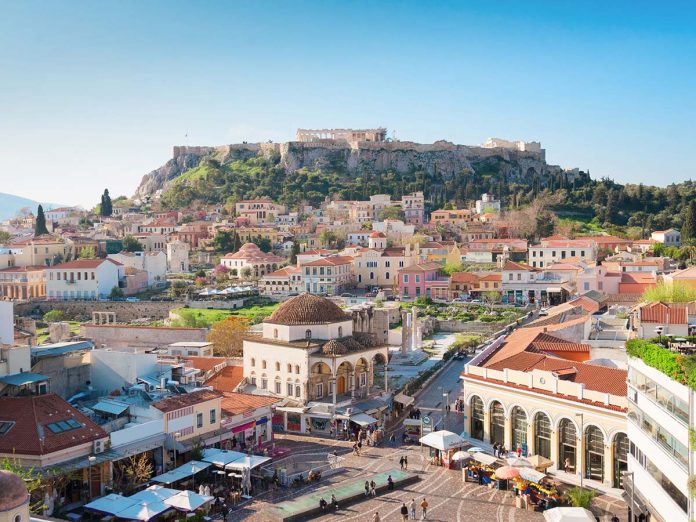In all languages, Athens is always written in the plural, never in the singular. This is because the city contains multiplicity: secular and modern, quiet and casual, noisy and chaotic, a concrete jungle interspersed with green oases; elegant, yet down-to-earth, both European and Balkan, influenced by thirteen centuries of Byzantine and Ottoman culture.

Indeed, the mythological world is ever-present in Athens: every Greek – and about half of population lives in Athens – carries within him or her an imagination that feeds on the stories told in the Iliad and the Odyssey. So important and fertile is this legacy that the city could easily sit on its past glories and, instead, is always in the process of assimilating new perspectives.
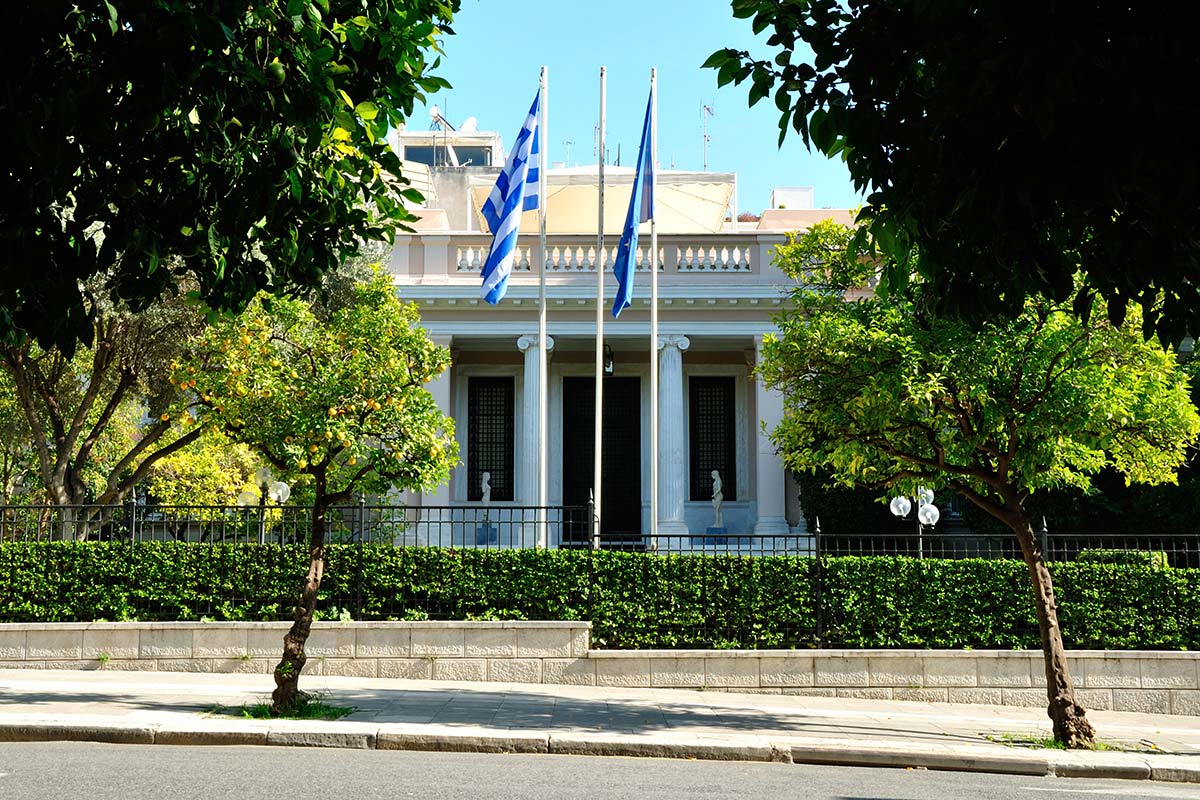
Most tourists who come to Greece during the summer to vacation on its islands should plan a detour through Athens, and, before reaching the sea, should spend a few days in the historic city, immersing themselves in its neighborhoods and discovering both ancient and contemporary attractions.
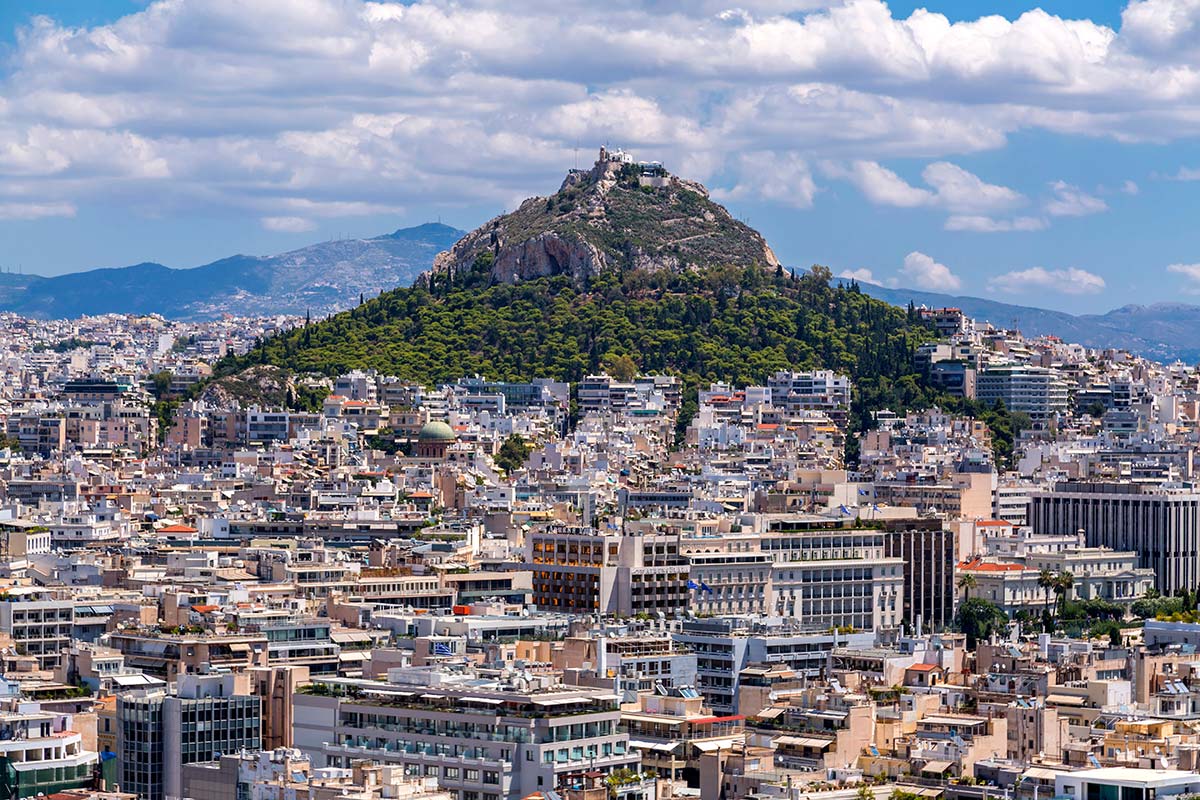
Plaká, Kolonaki and the historical triangle
The “historic triangle of Athens” is so called because, at first glance, consulting the map, the most important city squares are connected by large avenues that form a perfect equilateral triangle. It is the busiest district of the city and is home to the main financial institutions, Parliament and ministries. Here is Syntagma Square, which, with its modern architecture, is a very dynamic place of passage. A few steps away from the square stands Maximos Mansion, the residence and office of Greek Prime Minister Kyriakos Mitsotakis, a modest low building in the neoclassical style that welcomes visitors through a portico with paired Ionic columns.

Another neighborhood worth traversing is Kolonaki, nicknamed the Saint Germain des Prés of Athens, a glamorous district filled with designer stores, museums, cafes, restaurants, bars, and luxury brands that spreads out at the foot of Lycabettus Hill, a small 278-meter mountain that offers, for those who have the audacity to brave the 30-minute climb, a breathtaking view of the city. Plaka, known as the “neighborhood of the gods,” is the area built in the shadow of the Acropolis, and is the most authentic example of ancient Athens, mixed with new and romantic Athens.
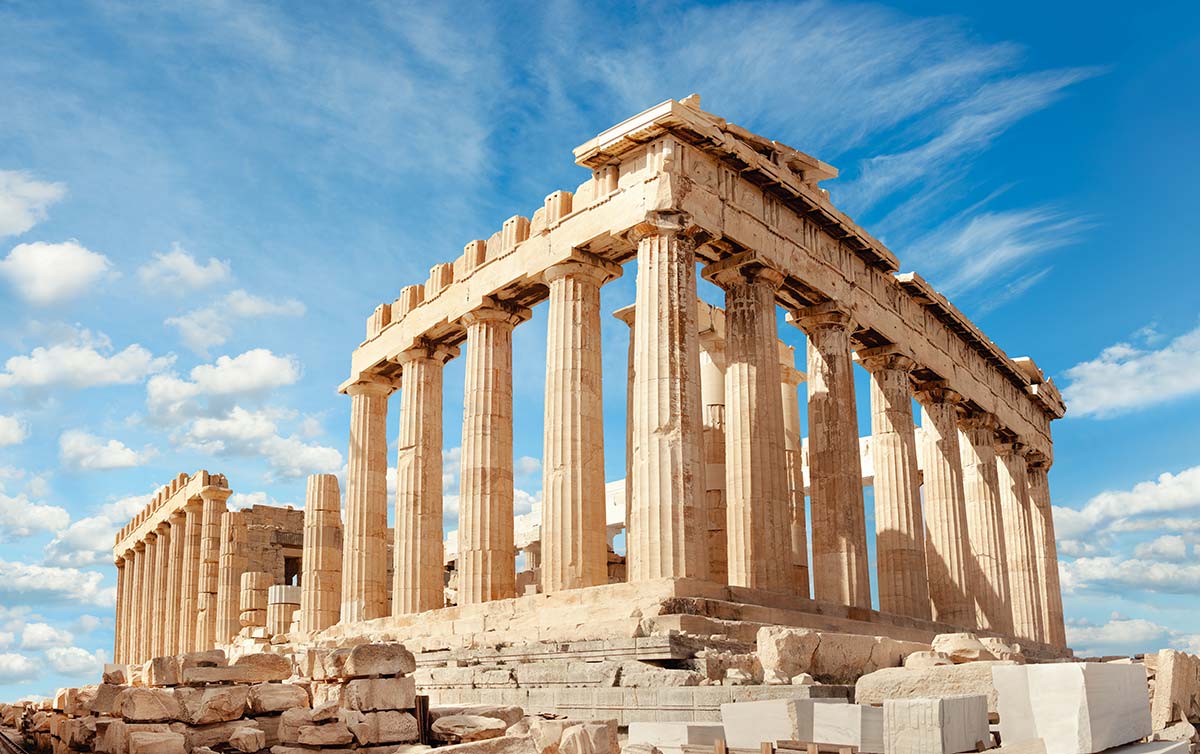
The Acropolis and the Parthenon
From the Plaka district, from any point, you can admire the Acropolis, which rightly dominates the city from above. It is impossible to resist its charm: it is the first symbol of the city and one of the best-known monuments in the world. Along the climb to the top, statues and monuments have been erected that tell the thousand-year history of ancient Greek civilization. The Parthenon, on the other hand, is the sacred temple dedicated to the figure of the goddess Athena, the patroness of the Athenians.
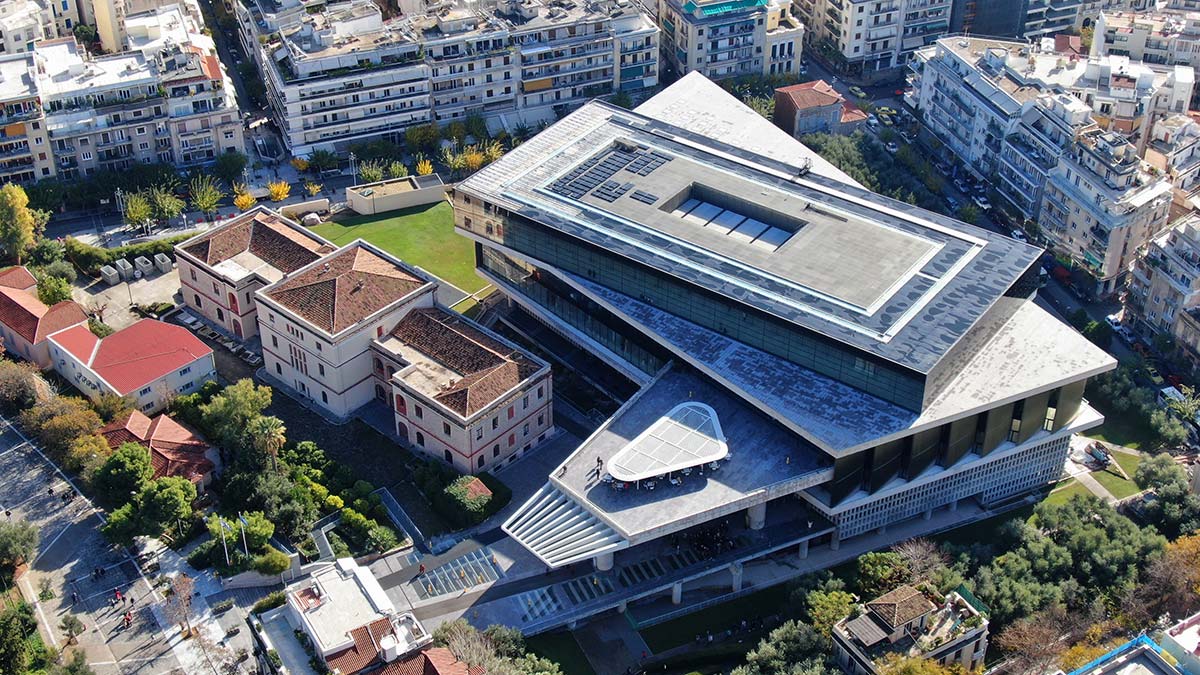
Acropolis Museum
After the Acropolis tour, a visit to the Acropolis Museum located on the southeastern slope of the hill cannot be missed. Designed by French-Swiss architect Bernard Tschumi with fellow Greek Michel Photiadis, the Acropolis Museum was opened in 2009. Enclosed in a glass case, this archaeological museum exclusively collects materials found on the Acropolis hill and its surrounding slopes, with a large selection devoted to the Parthenon. Not to be missed, on the museum’s top floor, is the exceptional view of the panorama overlooking the Acropolis.

National Archaeological Museum of Athens
One of the most important museums in the world, the National Archaeological Museum of Athens is the largest in Greece and the richest related to Hellenic art. Built in 1834, the museum is housed in a typical neoclassical Athens building.
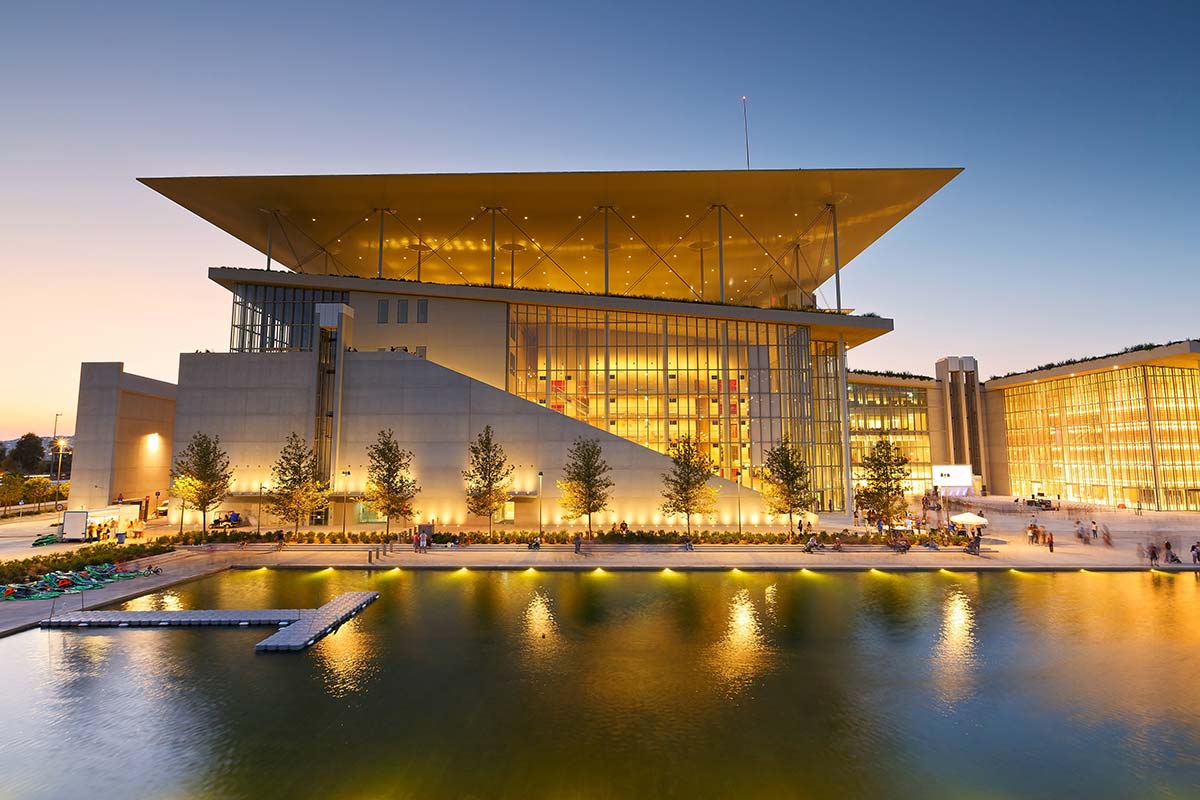
The new cultural centers
But the Greek capital today attracts tourists not only because it is the city of the Acropolis, the Parthenon and the National Archaeological Museum, but also for some gems of contemporary architecture. Like the Stavros Niarchos Foundation Cultural Center, the futuristic cultural center completed in 2016 by Renzo Piano. Built in front of the sea through an agreement between the Greek state and the Stavros Niarchos Foundation, it is now Athens’ main cultural hub. From the terrace of the complex-which includes a library, an opera house, concert spaces, an ice rink, and an outdoor cinema-there is a spectacular 360-degree view of the surrounding silver sea. Just behind it stands, halfway down Syngron Avenue, the Onassis Foundation, which opened in 2010 and houses two theaters (the Aristotle Onassis and the Cristina Onassis), a space for installations and rotating temporary performances by young artists, and a rich educational program dedicated to children and families.
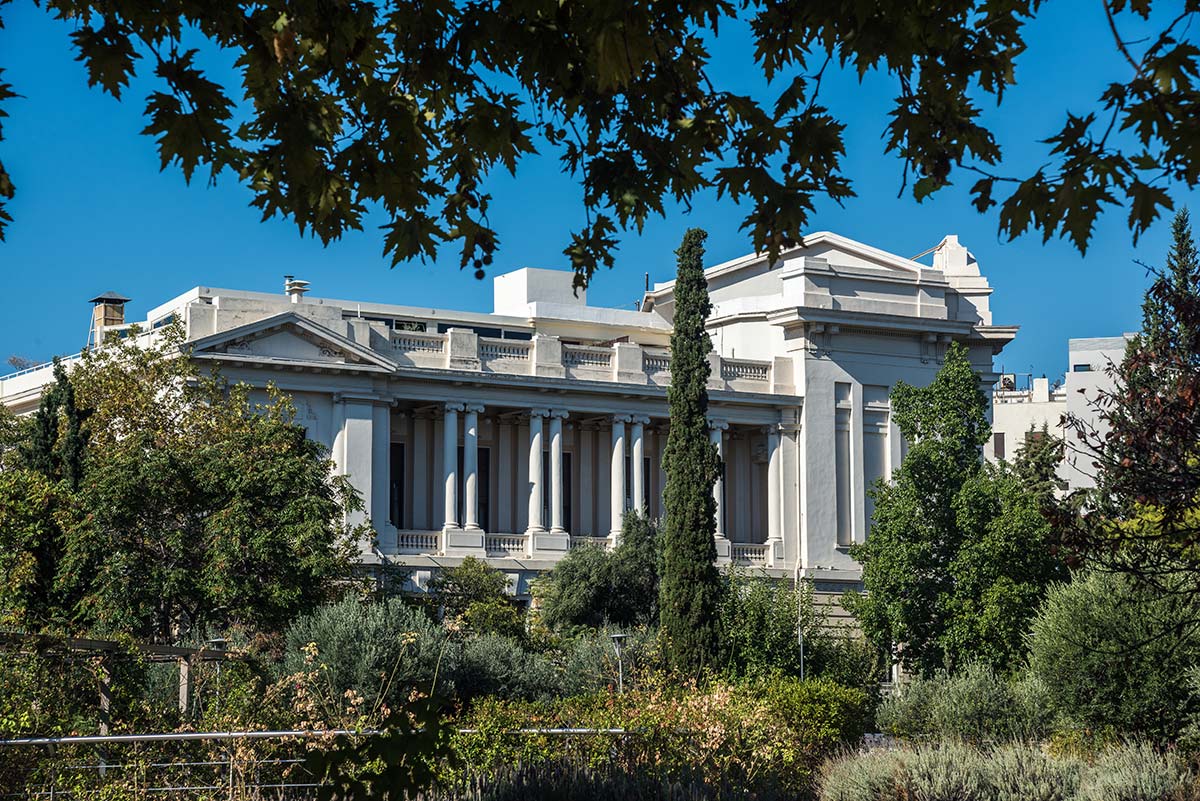
Or again, like the Benaki Museum, a building sits on the key communication axis that connects the city to the sea. The museum, which hosts exhibitions concerts and theatrical performances, covers nearly 10,000 square meters and was completely renovated by a group of young Greek architects who used the principle of “sharing” large communal spaces that develop around a modern agora.
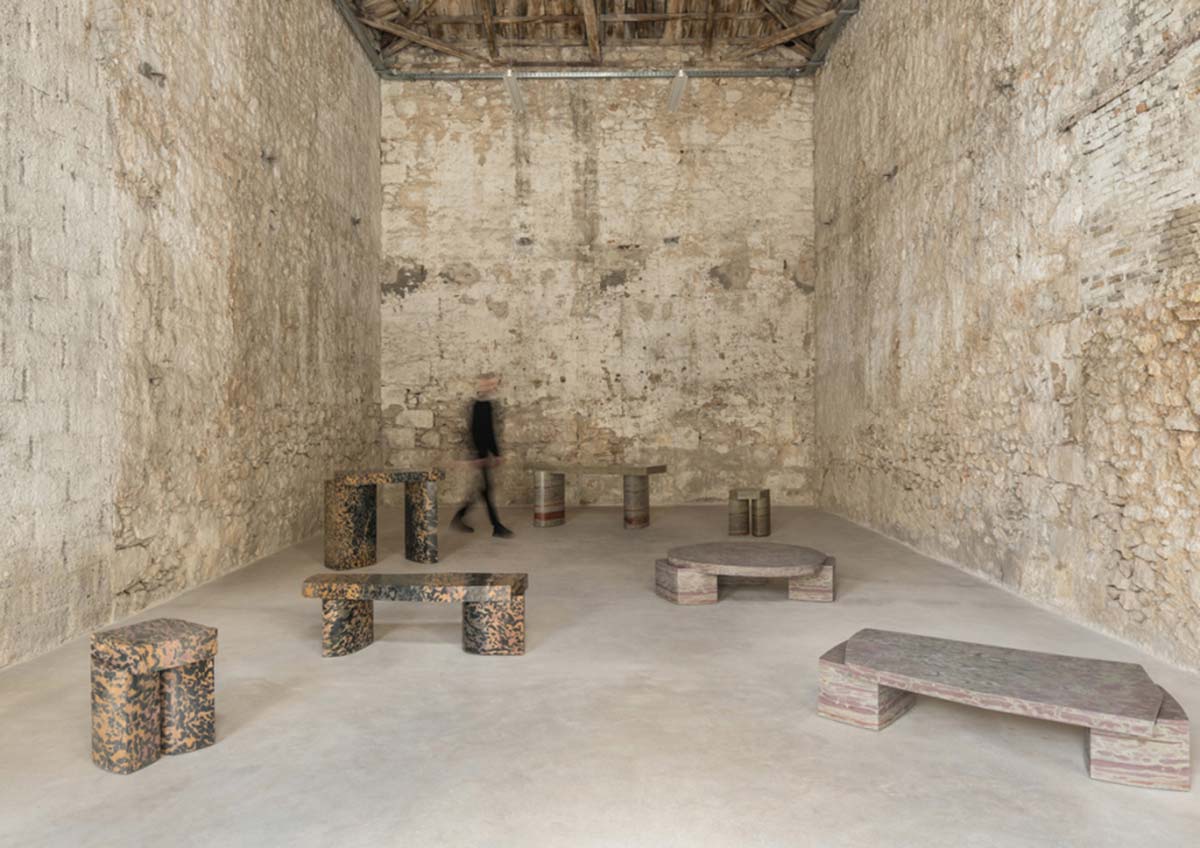
Piraeus’ industrial zone
There is no doubt that the city is going through a period of great cultural and artistic renaissance. Even the deep economic crisis, which began in the fall of 2009 and brought the country to bankruptcy, actually proved to be an accelerator: as has been the case elsewhere, the lowering of the cost of housing, in fact attracted artists and creative people, who then helped fuel the city’s cultural scene. In addition to the downtown districts, this ferment can be felt in the Piraeus harbor area, once occupied by factories and now home to workshops, ateliers, and galleries. This is where some major contemporary design galleries are located, such as London-based Rodeo Gallery, which opened a new space right in Piraeus in June 2018 in a former commercial warehouse that was part of an arcade built in 1902. For Rodeo, this is a place to showcase artists who are already part of the gallery’s roster, but also to expand with new proposals. Or like Carwan Gallery, launched in 2010 in Beirut by Nicolas Bellavance-Lecompte and Quentin Moyse, which opened a new location in 2022 right in the old port city of Athens.
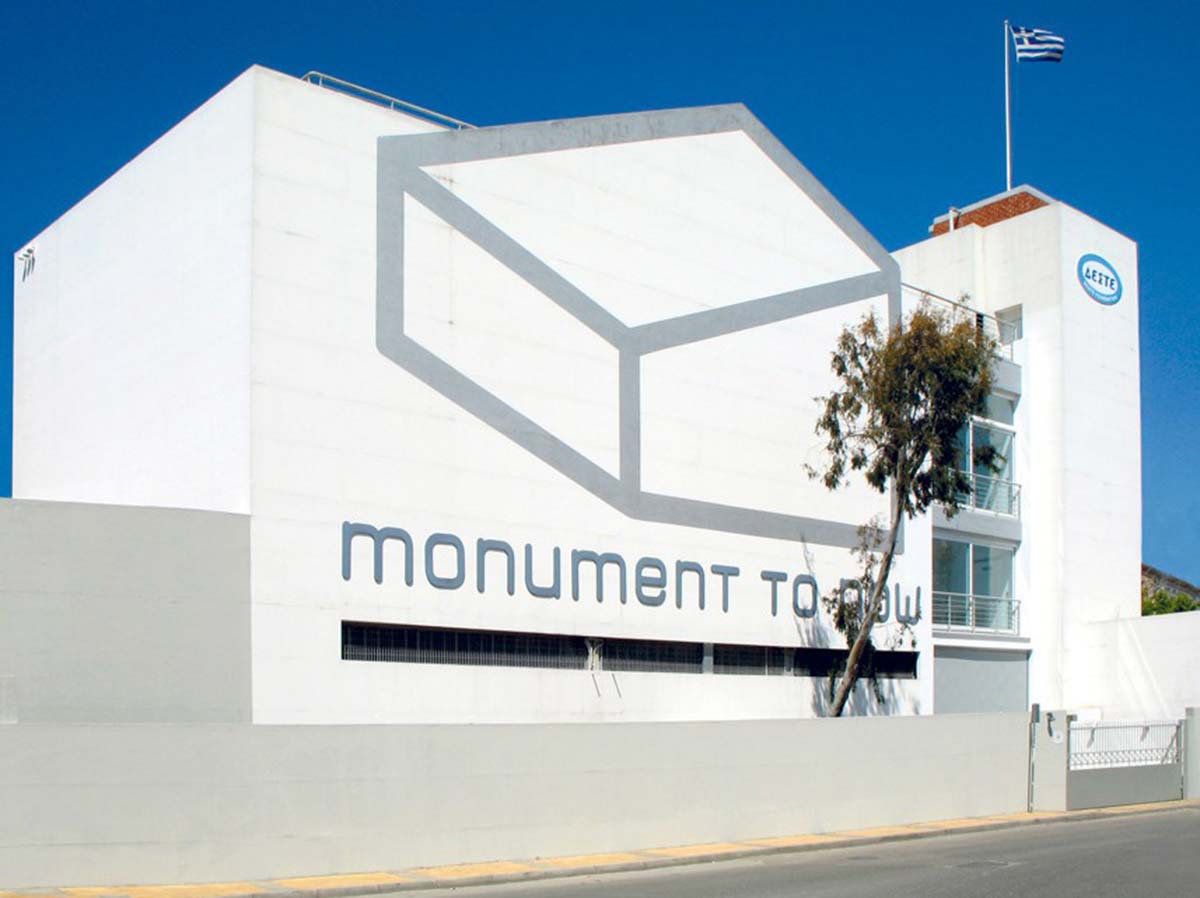
Deste Foundation
Contemporary art is represented in the city by the DESTE Foundation for Contemporary Art, known internationally for bold projects in the field of art. The foundation, started in 1993 by Greek collector Dakis Joannou, is located in Nea Ionia, a northern suburb of Athens, and in 2009 opened a second exhibition space on Hydra Island, within the island’s former slaughterhouse, which hosts a series of art exhibitions each summer from June to October.

